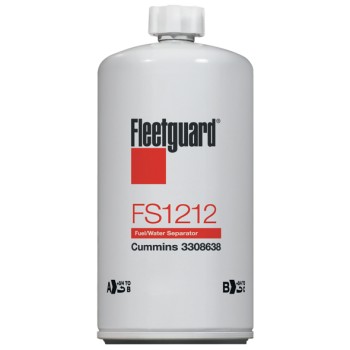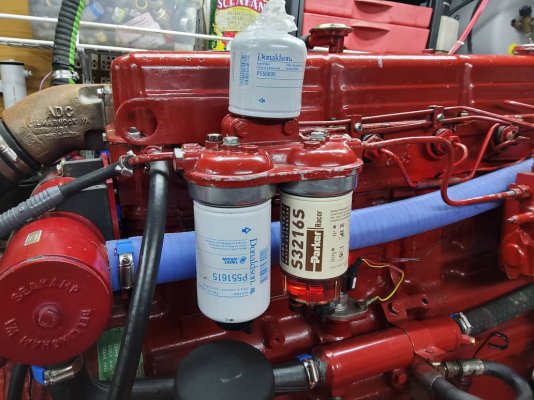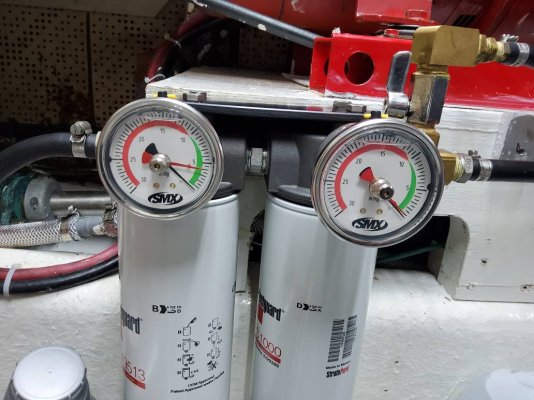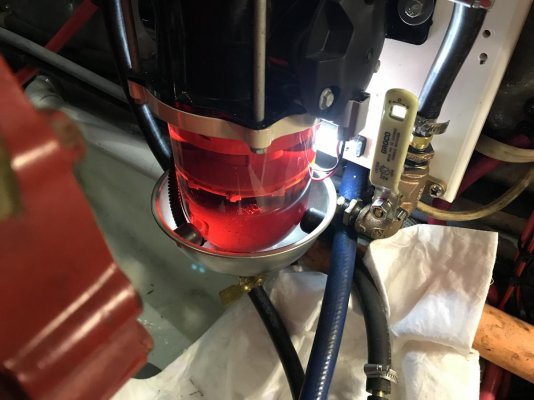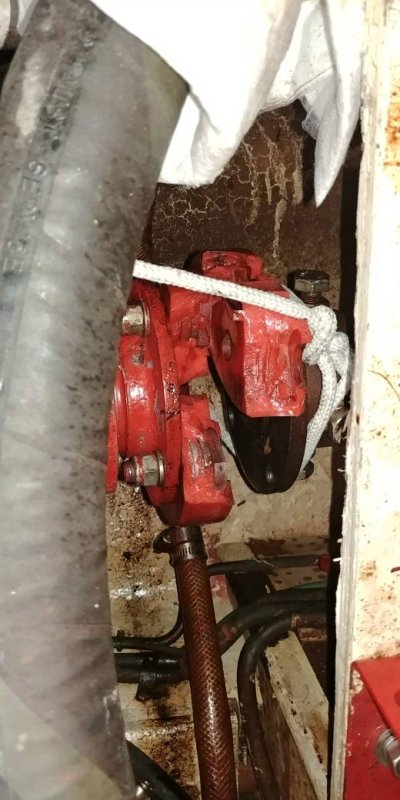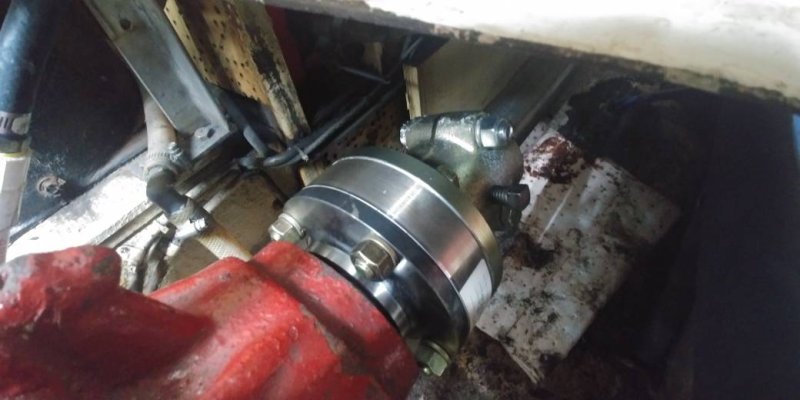Steve, I am the guy who is not a fan of Racors, more so of the necessity of dual Racors. The only feature that Racors add is being able to see inside the bowl. But, wouldn't merely opening the drain valve(s) give one the same info? And do not those Racor bowls, at some point, sometimes quickly, become very difficult to see through thus obviating their utility? And when they do become opaque, one must actually drain from the bottom anyway. One boater here has even added an LED light behind his bowls to solve this problem. Sure, in large, well-lit ERs with filter housings easily-seen, this is probably not a problem. In my case, I do have a smaller, downstream Racor (on-engine) with a sight bowl. It is not ABYC compliant, no heat shield, but I am not concerned. A fire hot enough to melt through that plastic bowl will already likely have doomed the boat. Plus, I have a Halon fire suppression system in the ER.
If I wanted a sight bowl set-up, I would choose the Tony Athens set-up you see in the picture and add a Racor next downstream with filters that go from 30 or 20, then ten, then two microns, all with vacuum gauges. On my boat, that could be easily done. If I did so, the Racor would be a Series 500 model as a larger capacity would not be needed. It would be there just for the sight bowl. The engines are Lehman 120s. The other option, and perhaps better option, might be a Racor 1000 first with a 30-micron filter. In any case, it is tough to argue against sequential filtering. So, which is better for an engine, a dual Racor with a single filter on-line or a Tony Athens sequential set-up that requires draining a bit of fuel from the bottoms of the filters each use? One guy here even admitted that he doesn't worry about his filters. He waits until the engine starts to stumble and then simply switches the valves on his dual Racor filter head. No need for vacuum gauges! Remind me never to go to sea with that guy.
The on-engine filters you see are a large 3-micron Donaldson, then the 2-micron Racor. By the way, I have about one thousand hours of operation since I acquired the boat. I have not seen one drop of water and just a few flecks of crud. I occasionaly open the sump drain just to make sure. Nope, nothing. Lucky, I guess but my fuel manifold is supplied from the tank bottoms and is mounted below the bottoms of the tanks so I have gravity pushing fuel all the way to the lift pumps.
As you have for Tony Athens, I have the utmost respect for your advice. It was your observations on the efficay of DriveSaver drive couplers that prompted me to eliminate them. Two, one on each side, fractured during the course of doing the Great Loop. With the Spurs spacer in place and a good (.003) in-the-water engine alignment, vibrations gone. Thanks for that!
View attachment 121735View attachment 121736

